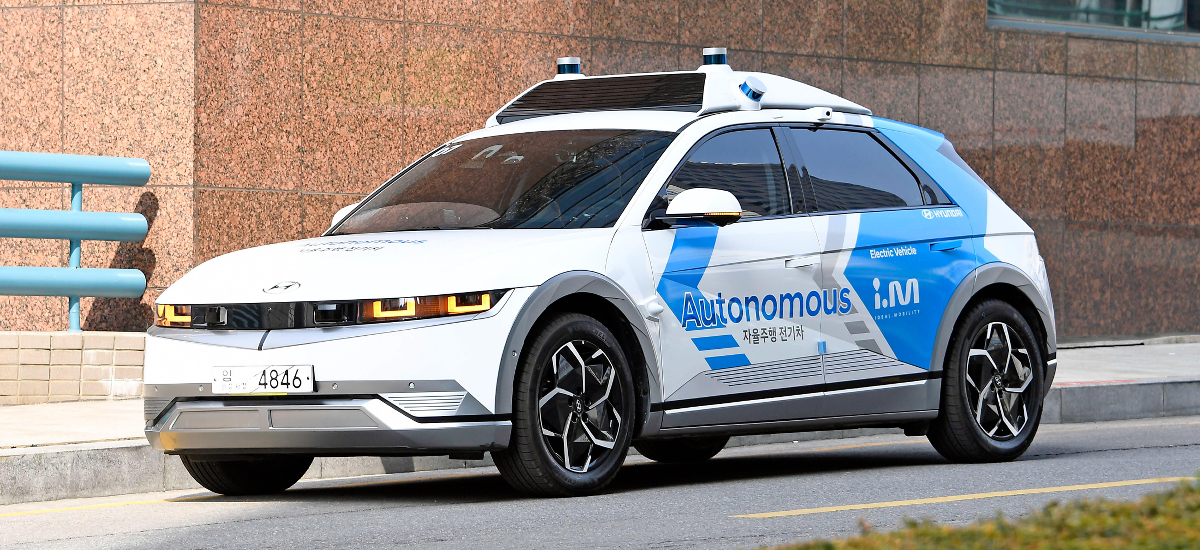
 Your Credit Estimate
Your Credit Estimate
 Your Credit
Your Credit
Your zip code helps us provide you with the most accurate vehicle pricing and vehicle availability.
We estimate your credit score to give you an idea of your monthly payments. To get an accurate payment amount, complete our credit application by clicking the Start Credit Application button below.
start credit application
This year sure is shaping up to be a pretty crazy one, but in a good way. After the economy started to bounce back from the first COVID-19 crisis, another problem arose, especially for the auto industry. While the world was in lockdown, consumer goods demand went up, and with it, semiconductors. In 2021, automakers ran into problems with a semiconductor shortage, and many automakers started to sign contracts with semiconductor suppliers to ensure a steady source. Now that that’s all being taken care off, automakers were able to focus on their business plans for 2030. Every automotive group has their sights set on electric vehicle (EV) and battery-electric vehicle (BEV) production, with some also glancing at purpose-built vehicles (PBVs). Possibly one of the strongest contenders for the PBV market is the Hyundai Motor Group (HMG), parent group of Kia Corp, which just launched a new RoboRide autonomous car-hailing service in Korea.
It is unclear if the new RoboRide car-hailing service is the same as the Kia Niro Plus taxi model that Kia announced it would launch in Korea as the first PBV by the automaker. Although a taxi is nowhere near the PBV HMG showed us during the 2022 Consumer Electronics Show (2022 CES) – a combination of a hospital room and an operating room on wheels - a taxi is also the easiest PBV to design. All it really takes to design a taxi-focused automobile is to design it with some standard features and additional equipment. The Niro Plus included navigation, app taximeter, digital tachograph and voice recognition. For the RoboRide car-hailing service in Gangnam in Seoul, South Korea, the model is based off of the IONIQ 5 battery electric vehicle (BEV), so most likely not the Niro Plus, based off of the Kia Niro EV. In addition, the RoboRide utilizes in-house developed level 4 autonomous driving technology with Jin Mobility, a Korean startup, operating the artificial intelligence (AI)-powered car-hailing mobility platform ‘i.M.’.
“We have been strengthening our capabilities by working on research and development with relevant institutions. Starting with the RoboRide pilot service in collaboration with Hyundai Motor Group, we look forward to leading the future mobility scene…We will put our utmost effort into creating synergies through this pilot service.” - Lee Seong-wook, CEO of Jin Mobility
Testing an autonomous ride-hailing service is always a big step for a company. Waymo One was launched in December 2018, and where is it now? Operating in only two states – Arizona and California. Like the Waymo One, the HMG RoboRide is also launching in an area where traffic and pedestrian interaction is common. The ride-hailing service will be operating in Gangnam, one of the most congested areas in metropolitan Seoul. The main objective of this pilot program is to collect valuable autonomous driving data for the development of future level 4 autonomous driving technology for transportation through not only cities but also urban environments and eventually routes not “on the map” – recognized by GPS navigation, satellite data, etc.
To ensure the safety of the program, an in-house developed remote vehicle assist system has been installed to monitor the autonomous driving status, vehicle and route. Operating with a safety driver, the RoboRide is designed to perceive, make decisions, and control its own driving status. The safety driver need only intervene if the vehicle were to malfunction or require human interference. Safety is key when testing a pilot program where a computer is in control. We don’t need an Upload situation where the human life of the driver is given more importance over, say, a pedestrian.
Interested in learning more about upcoming autonomous technology and PBVs? You can always learn more when you follow us on NowCar social media.